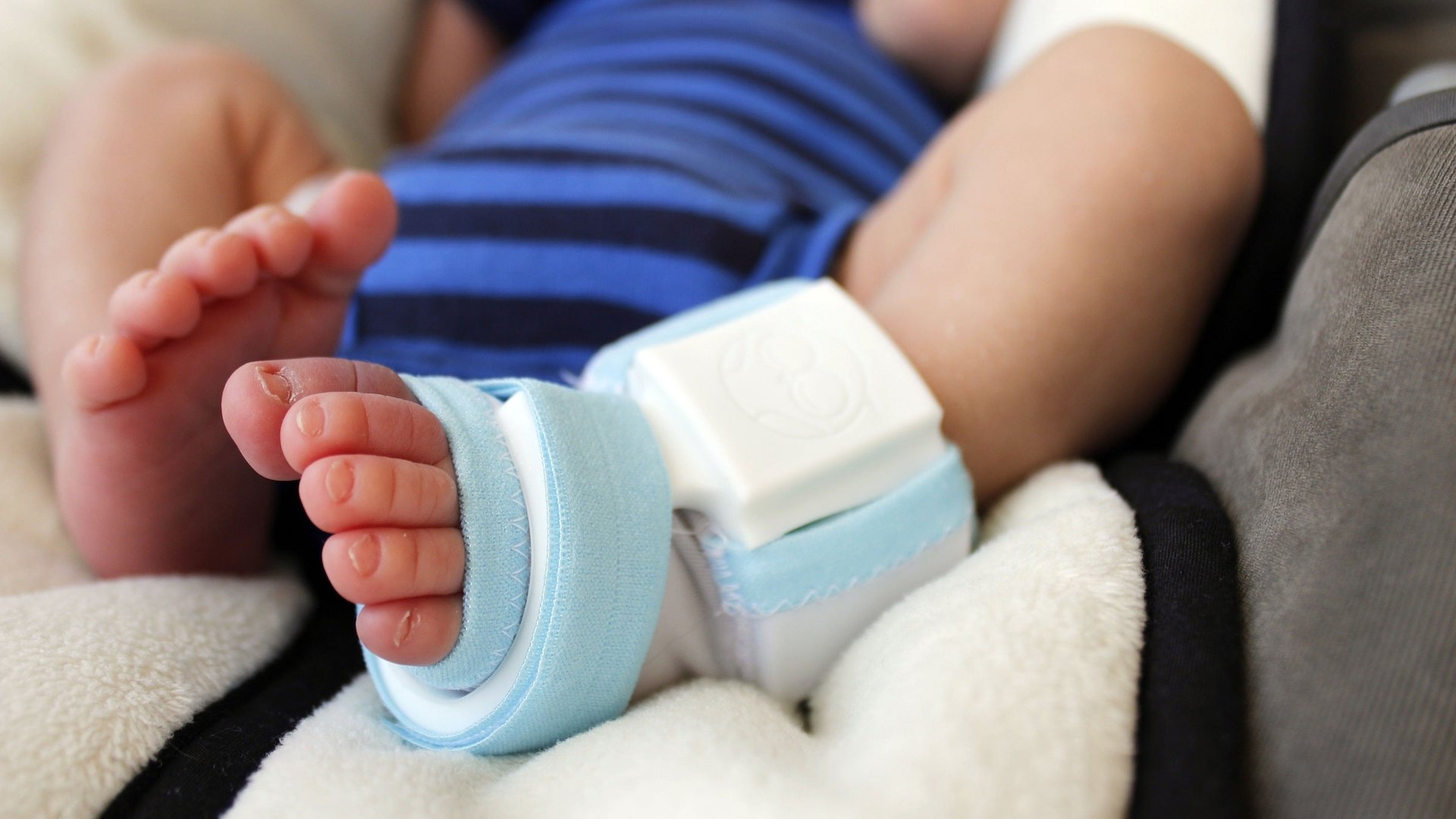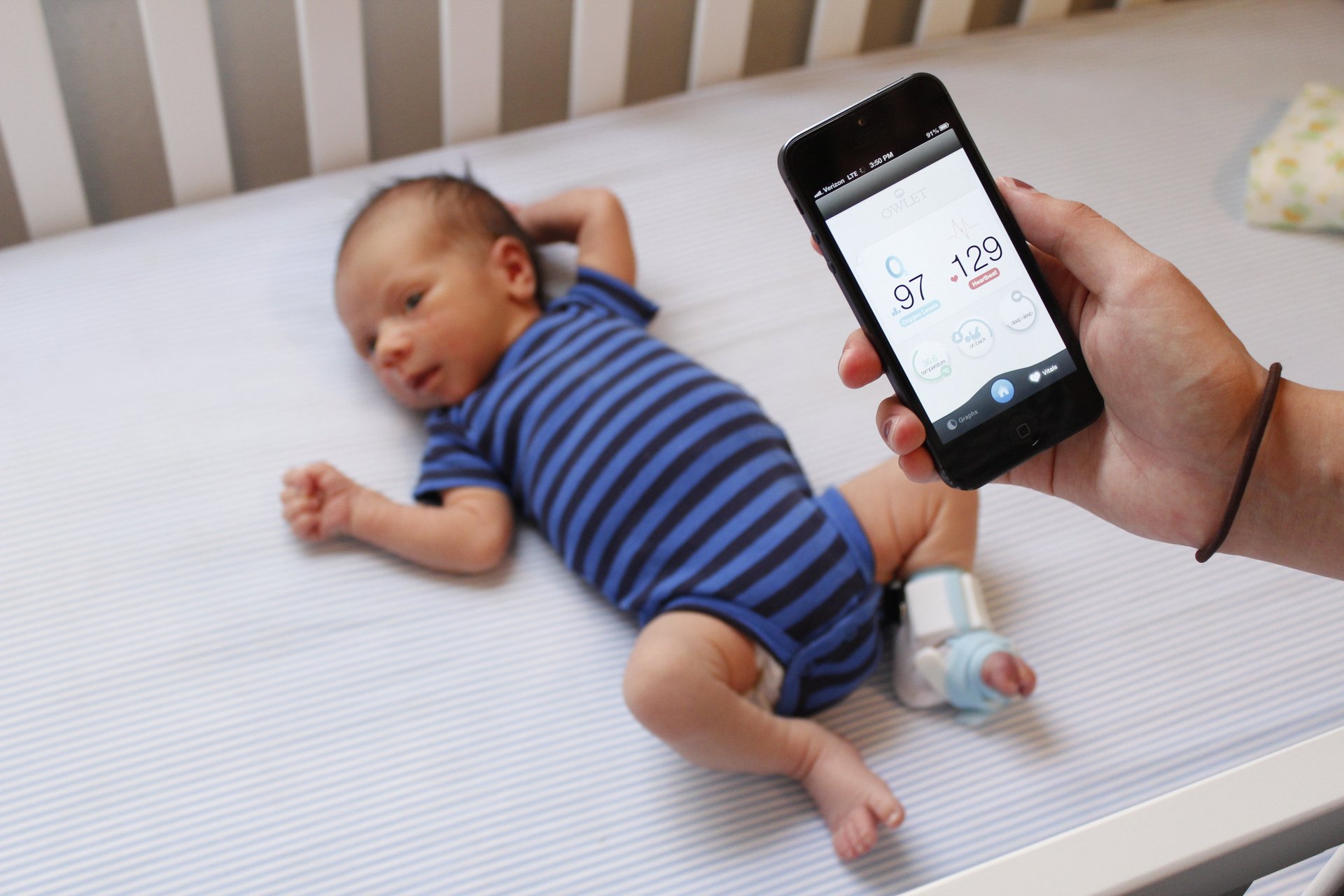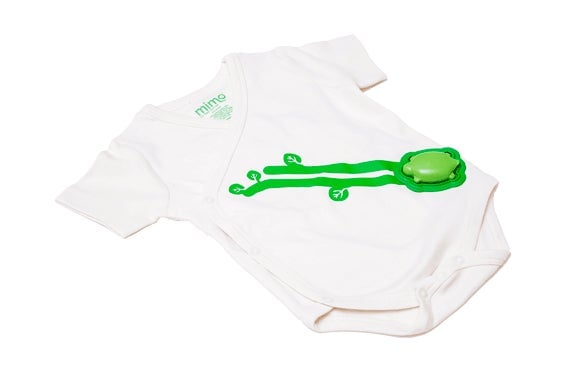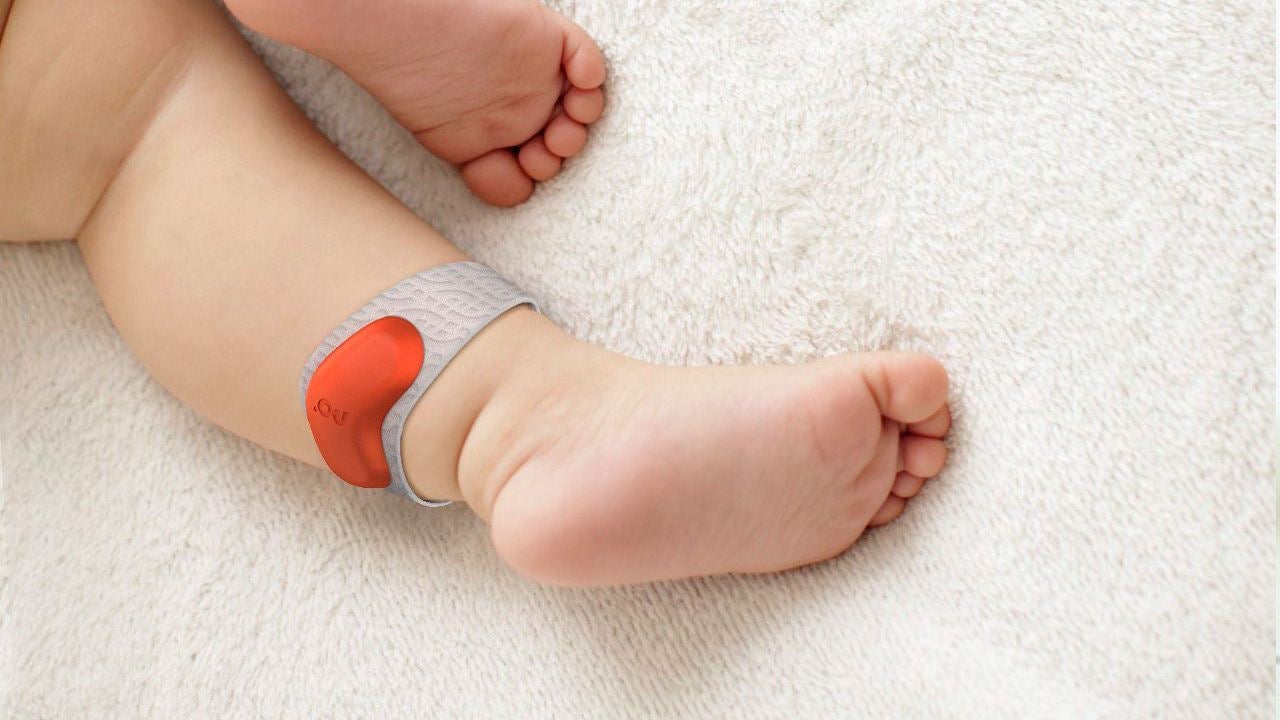Parents, don’t cover your baby in tracking devices, no matter how paranoid you might be
As a new parent, it’s easy to quickly get overwhelmed by the endless cycles of feeding, bathing, clothing, nostril wiping, and so on. Surely there must be a way for technology to make it easier, right?


As a new parent, it’s easy to quickly get overwhelmed by the endless cycles of feeding, bathing, clothing, nostril wiping, and so on. Surely there must be a way for technology to make it easier, right?
There are already plenty of apps that keep track of their baby’s diaper emissions and feeds, and all-seeing baby monitors that react to motion, sound, temperature, and moisture changes. But now the “internet of things” is creeping from the nursery wall into the crib itself, and onto your baby’s body. The problem is that for inexperienced new parents, a little data can be a dangerous thing.
Parental insecurity is a market opportunity
Jordan Monroe, co-founder of Owlet Baby Care, told Quartz that his company’s forthcoming Owlet anklet device is all about making parents feel like they might kind-of-sort-of know what they’re doing. “The first time especially, you come home from the hospital—where there’s all of this help—and then there’s this moment where you realize you’re all on your own, and you feel like a kid. There’s no manual,” he said. ”Our goal is to make them feel empowered as parents.”
Monroe is betting that parents will be lining up to strap a one-size-fits-all smart bootie onto their newborn. The Owlet, which is available for $250 pre-orders and should ship later in 2014, measures heart rate, oxygen levels, temperature, and rollovers. “Mom will just set the baby down and put the sock on,” Monroe said, “And instead of laying in bed worrying, she’ll just know that the baby is fine.”

Dulcie Madden, Co-Founder and CEO of Rest Devices, told Quartz something similar about her company’s product, a sensor-enhanced baby garment called the Mimo. “Parents get this feeling in the night where they just need to know if the baby is okay,” she said, but with just a baby monitor to rely on, it can be hard to tell. “With our device,” she said, “You can get a super-accurate read on respiration just by looking at your iPhone. The goal is for everyone to get more sleep.”

Should a baby wear a computer?
The big question you should ask when shopping for baby’s first Fitbit (The Spitbit?) is the same one to ask when you buy your own: Is this something that I want to wear on my body all the time?
Gadi Amit, known for designing the Fitbit and Google’s latest phone, also worked on Sproutling, a yet-to-be-released, ankle-worn baby tracker. “It’s very challenging,” he told Quartz in an interview, “because the sensors are much more sophisticated and sensitive than a typical pedometer. Fitting those—or anything—into a baby size is very complicated. And then the device must not be too hard or too loose, as babies are always moving and have quite a lot of strength.”

And then there are the pesky parents to worry about. “We wanted to project optimism, care, and emotion along with the sophistication of a well-designed product,” he says. “So we used [the shape of] a heart, attached to an ankle strap.”
There will be no shortage of cute-as-a-button devices, though parents will have to decide for yourself what’s safe: All of these connected baby devices use very low-strength bluetooth signals that are no more powerful than a traditional baby monitor. But wearables carry their own risks: the Fitbit Force was recently recalled for causing rashes on some users.
It’s more than just onesies and anklets
The new parent of 2015 will have “smart” versions of just about everything available to them. No existing baby tech is too simple to be transformed. Case in point: Pixie Scientific is at work on a smart diaper, which parents can scan with their phones in order to diagnose urinary infections and other potential health issues. And Sleevely, currently raising funds on Kickstarter, is a device that fits over a baby’s bottle, tracking their feeding habits. “It creates peace of mind,” co-founder Dan Gilai told Quartz.

Be warned: you might make yourself even crazier
Dr. Wendy Sue Swanson, a pediatrician who blogs as “Seattle Mama Doc,” told Quartz that her main concern when it comes to new baby tech is that it gives parents information they don’t need and shouldn’t want. “With this new tracking,” she says, “we distract parents from learning now to listen to natural cues and cycles. We want parents to listen to a baby and let the baby run the show—and a lot of these gadgets feel like they’re trying to outsmart the baby.”
Motion-activated sleep monitors in the crib are already common, but Swanson said there is no evidence that they reduce the incidence of Sudden Infant Death Syndrome, the leading cause of death among infants up to 1 year old, which keeps many nervous new parents up at night. ”Anecdotally, I see them increasing anxiety,” Swanson said. “There are a lot of false positives, and parents are getting out of bed terrified because they get an alert.”
If wearable monitors could reduce false positives and provide a proven benefit for reducing SIDS, there are plenty of parents who would happily buy them. But until that happens, Swanson said she hopes that parents will hold out for the devices that truly make their parenting easier.
“As a pediatrician,” she says, “I’d love to see a device that helps parents monitor feeding and weight—that is, if we told the parents that the baby needs to gain.” Swanson has similar feelings about a smart diaper: For babies at risk of jaundice or infection, they could be useful. But for most parents, they’d be an excuse to sit around waiting for something to go wrong.
Even technology as basic as a thermometer can have adverse effects, Swanson noted, if parents feel compelled to give their babies medications they don’t need.
“You can only imagine what it’s going to be like when parents see every temperature fluctuation,” she says, “and now imagine having that with 15 data points instead of just one.”